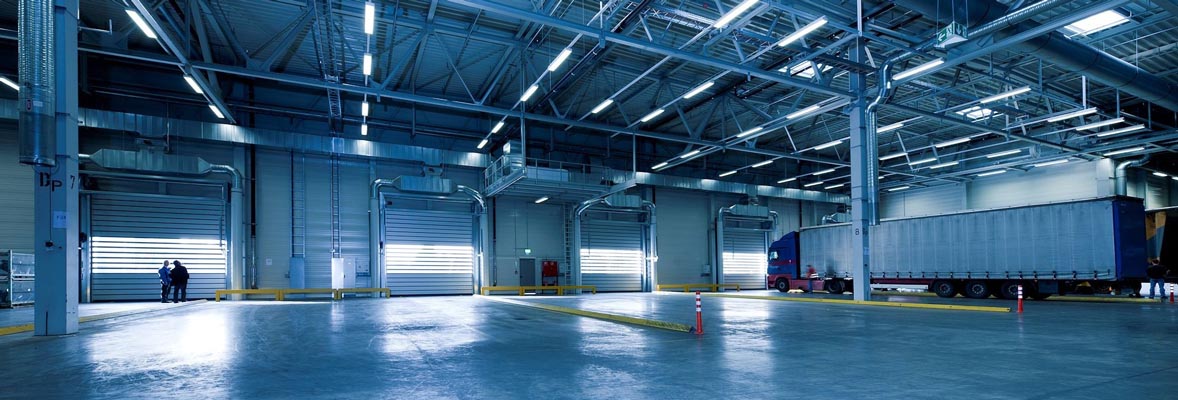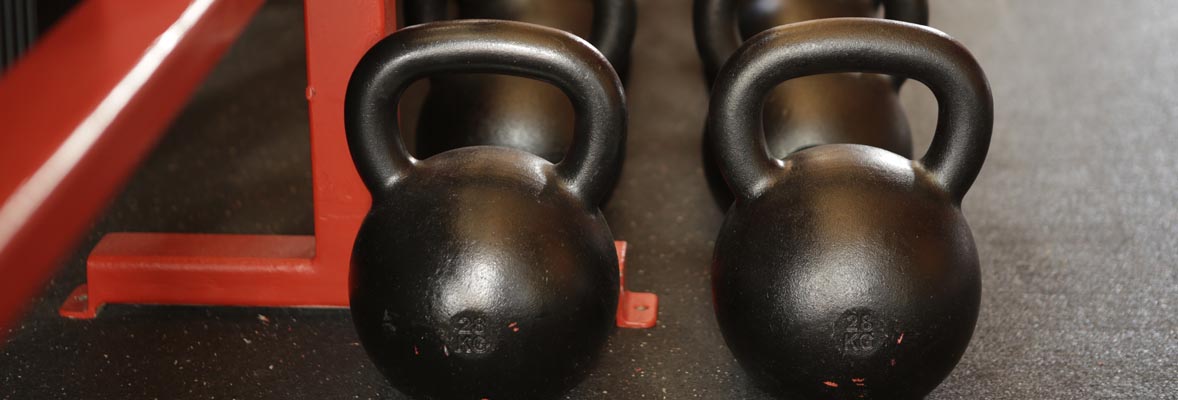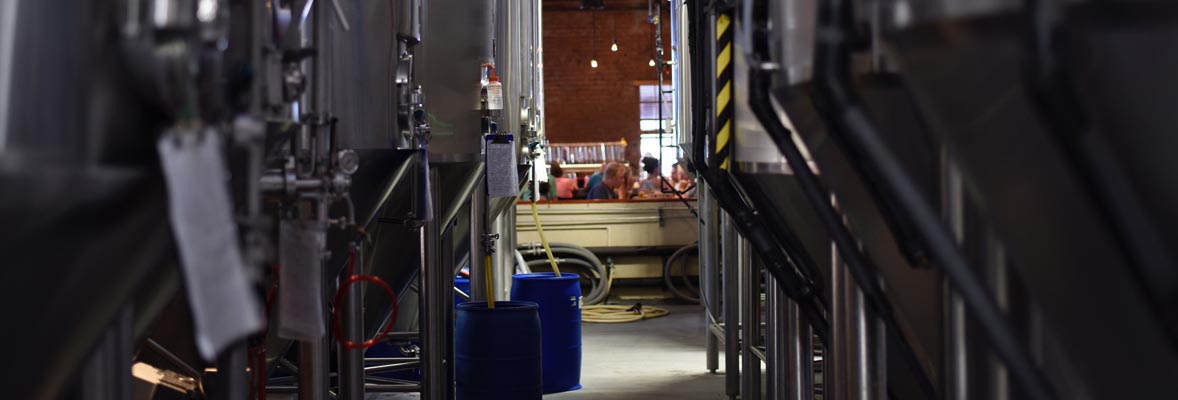Cleaning is on just about everyone’s minds these days. The unprecedented measures the world is taking to help slow the spread of COVID-19 are impossible to ignore. Believe it or not, floors are the biggest germ collector in any facility. In fact, tests have shown that shoes are dirtier than toilet seats, and these germs transfer directly to your floors.
When it comes to coronavirus, the CDC says that the virus itself can linger on some surfaces for several days. Many infectious disease experts agree that the virus can stay alive on the soles of shoes for up to 5 days. As of early April, the rolling 3-day average of confirmed cases in this country alone is well past 25,000. With more and more people becoming infected every day, it's increasingly important to not only keep surfaces clean in facilities that are still open but also establish better cleaning practices for all businesses going forward. Cleaning and disinfecting floors for coronavirus is an essential part of keeping your facility clean and safe. Even if your business is currently shut down, it's smart to establish a solid plan now so that you can be ready when it's time to reopen.
Cleaning vs. Disinfecting vs. Sanitizing
First things first. Cleaning, disinfecting, and sanitizing are three different things, and the difference matters for your facility. According to the CDC, cleaning refers to the removal of germs, dirt, and impurities from surfaces. Cleaning does not necessarily even kill germs, but rather it removes them, thus lowering their numbers and therefore the risk of spreading infection. Disinfecting, on the other hand, refers to the use of chemicals, such as EPA-registered disinfectants, to actually kill germs. However, disinfecting does not necessarily clean dirty surfaces but rather kills germs on an already clean surface. Sanitizing brings germ levels down to what's considered a fully safe level. Chemicals can achieve this, as can heat.
Choosing a Cleaning Protocol for Your Floors

Warehouses, Large Distribution Centers, Big Box Stores
For large spaces such as warehouses, distribution centers, and big-box stores, using an industrial floor scrubber to clean floors will effectively reduce the germ count in your facility. We recommend floor cleaning as part of a daily maintenance routine. However, during times like these, focus on deep cleaning while the production floor is shut down and before reopening to staff and customers alike.
A large industrial floor cleaning machine such as the Tennant T20 is a smart cleaning choice. This rugged ride-on scrubber-sweeper works great for large spaces but is easy to navigate in tight corners and close to walls. You can quickly sweep and scrub up to 60,000 square feet. With a slightly smaller industrial floor scrubber like the Factory Cat GTR, your maintenance staff will be able to clean floors around equipment and aisles in no time.

Gyms, Grocery Stores, Schools and Colleges
Disinfecting is necessary for busy facilities where people may come into contact with the floor, like gyms, grocery stores, and schools. The high foot traffic in these types of buildings will carry germs on shoes and deposit them in every crevice across the floors.
The first step to disinfecting is to clean the floors with a neutral cleaning chemical. Using a walk-behind floor scrubber like the Bulldog WD20 is the perfect solution to quickly cleaning tight spaces in smaller commercial buildings. In one pass, the machine will scrub the floor and then squeegee the water back into a return tank, leaving the floors dry and safe. Once floors are clean, apply disinfectant to the floor and leave it wet. This is key – be sure to let the product sit an appropriate time so that it can kill the bacteria and viruses. This is typically 10 minutes, but check the disinfectant’s instructions and labeling before use. Only after waiting the appropriate time can you squeegee the floors dry.

Food Processing Plants, Breweries, Restaurants
Any establishment that specializes in food or beverage processing, where prepping, packaging, or consumption is involved, is going to require proper sanitization after floors are cleaned. Carefully read the label on your COVID-19 sanitizer before using it on your floors. The proper personal protective equipment (PPE) and dilution ratio are extremely important. Check all product labeling - most chemical sanitizers should be kept somewhere between 55 and 120-degrees Fahrenheit in order to maintain efficacy.
Bulldog auto scrubbers are a good choice for cleaning floors in breweries and restaurants. When using a floor cleaning machine to apply sanitizer, make sure the clean water tank is thoroughly rinsed out before putting sanitizer in the tank. Use the floor cleaning machine like normal but don’t put the squeegee down. Most sanitizers require a 10-minute “dwell time” to work. After waiting the appropriate time, make another pass across the floors using the squeegee to pick up the excess liquid.
The Bottom Line
Change isn’t coming, change is here. Whether your facility is open now or closed for a little while, you will need a more vigilant plan to clean and disinfect your floors to keep your employees and customers safe and healthy in the future.

